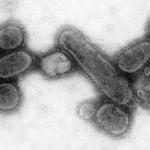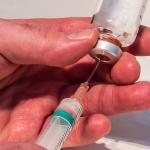More than 60 years after its discovery, the cancer drug vincristine still works. It just doesn't work in the same way that has been taught to physicians and cancer researchers for decades.
Disease
The study, currently a preprint, was conducted by the CDC and FDA using the Vaccine Safety Datalink (VDS).
The peak load of COVID virions was established early in the pandemic. Peak loads occurred at essentially the same time individuals manifested symptoms.
Given the drama around the last two drugs approved for Alzheimer’s dementia, Aduhelm and Leqembi, we have a right to be skeptical.
The initiative, the Million Hearts Cardiovascular Disease (CVD) Risk Reduction Model, asks physicians to evaluate the risk of future cardiovascular events (MI, death, and stroke) using the American Heart Association risk calculator and providing a
“Viruses mutate and a new variant (EG.5) has started to spread and has infected more people than any other strain.”
Long COVID joins other “post-viral” syndromes, ill-characterized by fatigue, a brain fog, and other symptoms perhaps best described as “my get up and go, got up and went.” Hypothetical physiologic “causes” include a persisting cryptic “viral reser
Currently, more than six and a half million Americans suffer from Alzheimer’s Dementia.
Flu and COVID-19 are examples of respiratory diseases that require repeated vaccine boosters to prevent illness.
The study, reported in Vaccine, reviews a survey of Arizonians, part of the Arizona COVID-19 Cohort (CoVHORT). Given that:












